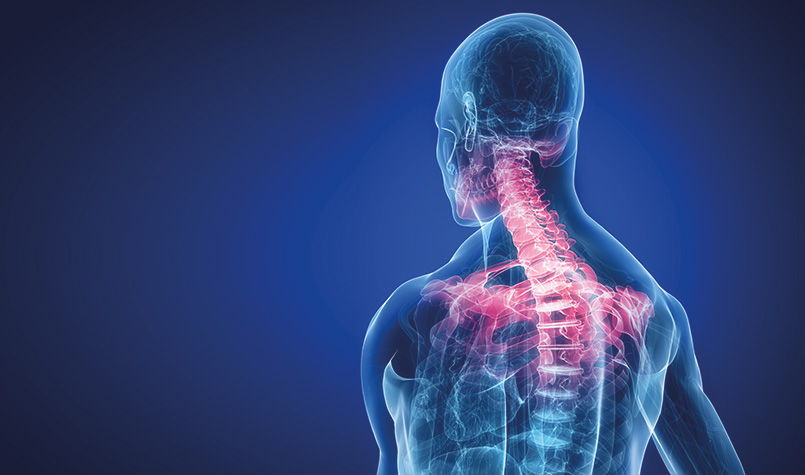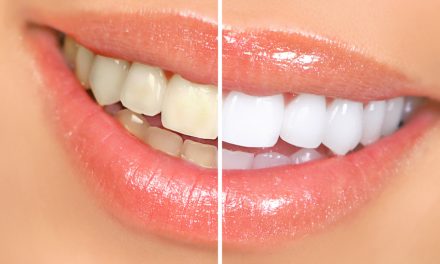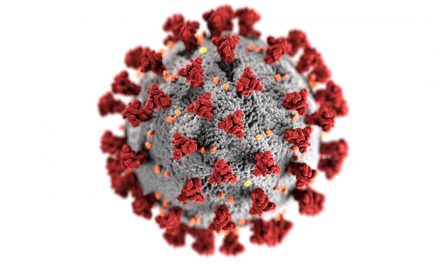What could your teeth and back pain possibly have in common?
When things get stressful, we are often told to bite the bullet, or grit our teeth. How closely your teeth and body work together is visible in everyday life. For instance, we automatically clench our teeth while carrying a heavy object. In fact, we experience more than 1,500 tooth contacts every day whilst speaking, and chewing and swallowing. These also happen during periods of psychological and physical stress. The resulting forces spread over the entire body. In the event of an incorrect bite, due to missing teeth or a poorly fitting prosthesis, physiological reactions can affect the neck, shoulder, back, legs and pelvic region. This is how the temporomandibular joints can trigger a reaction throughout the body and interlink your teeth and pack pain.
If the temporomandibular joints are compromised, the body can become prey to often puzzling pain symptoms. The temporomandibular joint is closely connected to the skeletal frame of the body by nerves and muscles. The jaw performs many movements that can affect the body in a sort of chain reaction from top to bottom. An uneven load frequently triggers various pathological symptoms. These can cause surprisingly severe pain in the long-term, such as in the back.
The danger…
Since people are often unaware of a malfunction of the temporomandibular joint, the resulting symptoms can remain undiagnosed for a long time. Oftentimes, this can be the case even after numerous visits to the doctor. This can turn into a long nightmare for the suffering patient. If the temporomandibular joints are at the root of the problem, only a very thorough examination by a dentist will diagnose it.
Splint therapy
A professional may perform functional diagnostics in suspected cases of temporomandibular malfunction. In conjunction with a dental technician, the dentist may resort to incorporating a bite splint to relieve the affected structures. Diagnosing the problem might require an interdisciplinary collaboration with other specialists. These could include orthopaedists, osteopaths, physiotherapists, pain management specialists, as well as ENTs (ear, nose and throat) specialists. Your treatment may even require input from rheumatologists, neurologists and psychotherapists to get an overall view of the different underlying causes.
Your dentist or technician will then come to an agreement on the appropriate therapy required. Modern dental technology has made it possible to make a splint that is closely adapted to the surface that causes the occlusion. The splint corrects the jaw position which should restore the patient’s correct chewing behaviour.
In this way, an individual can resolve unexplained back pain with this functional therapy on the part of the dentist. What is important here is that the dentist takes a holistic view of people and recognises the interconnectedness of the body’s structures.





